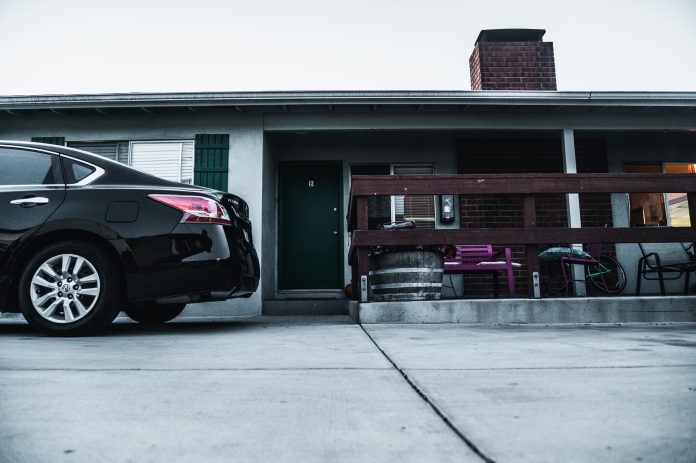Shoshana Medved
Investigative Beat Reporter
Almost two months ago, UC Santa Barbara (UCSB) announced their plans to extend hotel housing into the winter quarter. At the time, the housing shortage was perhaps the administration’s most pressing concern — with nationwide news covering the lack of space.
“The university has an obligation to house [students] or at least find housing in the community,” a UCSB student said in a private interview with The Bottom Line (TBL). “It was a desperate move, but we’re in a desperate situation.”
Since then, priorities have shifted as COVID-19 cases skyrocket. On Jan. 6, more than 1,200 new cases were reported in Santa Barbara County according to the Santa Barbara County Public Health Department — 14 percent of all new cases were from Isla Vista (I.V.). Accordingly, UCSB switched to remote learning for the first month of winter quarter.
In an opt-in poll on TBL’s Instagram (@tbl.ucsb), a majority of followers (76 percent) stated that they were not on campus during their remote learning period. Some students returned to their hometowns, where campus housing shortages were no longer a central issue.
Katherine Carmichael, a senior at UCSB, chose to stay on campus instead. During the fall quarter, Carmichael struggled to find housing in the Santa Barbara area, searching for apartments almost an hour away with no luck. She was offered a temporary hotel contract at the Marriott in Goleta and was waitlisted for university housing.
“It’s nerve-wracking,” Carmichael said in an interview with TBL in October 2021. “I’m trying to keep it calm and focus on my school-work and everything, but there’s always that feeling in the back of my head like, ‘What are you going to do in 12 weeks?’”
On the last day of the fall quarter, Carmichael found her answer. UCSB had taken her off the waitlist and placed her in the Westgate Apartments.
“So much stress has been relieved,” Carmichael said. “It was amazing.”
Carmichael was not the only one who switched from the hotels to apartments. At the beginning of fall quarter, there were about 349 students in hotel housing. By November 2021, there were 280, according to the Associate Director of the University & Community Housing Services Resident & Placement Services, Mario Muñoz.
“We’ve had students move out; we’ve had new students move in,” Muñoz said in a housing town hall panel on Nov. 16, 2021. “More than 60 students moved from a hotel to a campus space, and more than 40 students have found housing out in the community.”
Though hotels will continue to be offered, the aim was for “as many people as possible” to be placed in university-owned housing, according to Muñoz. Students in hotels are currently paying a $26 daily rate, while the university is paying a rate of $175. For an entire month, this amounts to about $780 on the students’ end.
“We have to reconcile that difference,” Muñoz said.
For Carmichael, her new living situation brings relief and some exciting changes. In the Marriott hotel, she lived in a single-occupancy room. She now has two roommates and is surrounded by an array of fluffy animals.
“[Westgate] is really spacious, and there are a lot of dogs living here, which is a lot of fun,” Carmichael said. “I was telling my neighbor, ‘Hey, I would love to walk your dog!’”
When it comes to virtual learning, Carmichael is thankful for the ability to stay on campus.
“I think that virtual learning has eased the housing crisis a little bit because students are now able to live elsewhere, but it’s definitely on a case-by-case basis.”
In the case of a virtual quarter, Carmichael hopes that students in need of housing will be able to stay on campus. She pointed out that many students don’t have the option to live outside of UCSB for a myriad of reasons, including the spread of COVID-19 at home.
“I do worry about equity,” Carmichael said. “[But] I’m really glad they gave us the option to be here.”











